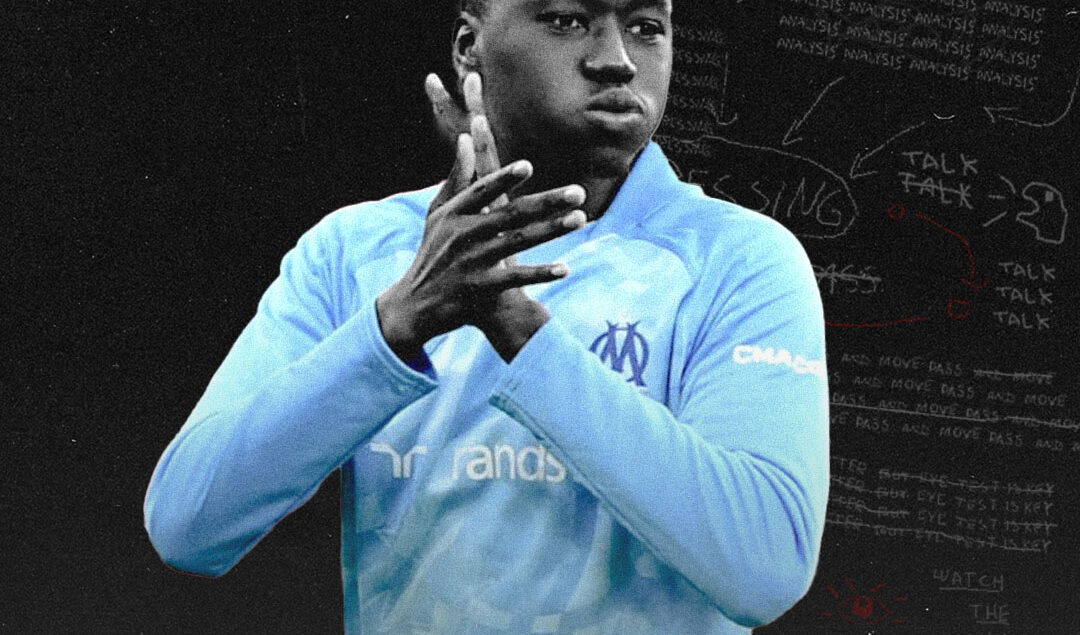Analysing the Impact of Shirt Sponsorships on Football Club Revenues
In over 150 years since modern football was first played, it’s fair to say that everything has changed except for the 22 players and the ball on the field. Nowadays, football is a game that also brings politics, social, and financial interests to society. Mostly financial.
The power of awareness this sport brings translates in clubs signing sponsorship contracts worth millions, with world’s most successful companies and corporations. And with time, shirt sponsorships have turned into a pillar of football club finances. A symbiotic relationship where companies get worldwide publicity, and teams make money.
How Big is the Impact of Shirt Sponsorships?
Despite diverse streams of revenue clubs have these days, companies paying for their names to be printed on team jerseys is still one of the best ways football clubs make money. This is especially true in the Big Five European leagues, the Premier League, La Liga, Bundesliga, Serie A, and Ligue 1. These leagues have the greatest number of viewers worldwide and so get the best sponsors.
Based on some of the reports, the Premier League gets the highest amount of money from shirt sponsorships compared to other leagues in Europe. For example, Manchester United, Liverpool FC and Manchester City each make millions per year through their shirt sponsorship agreements with Chevrolet, which was around €74 million (for the season 2020/2021). Other big sponsors were Standard Chartered Bank (€40 million) and Etihad Airways (€35 million respectively. This essentially means that despite poor showings lately on pitch, these clubs still have very strong followings worldwide and are well marketed brands globally.
It’s not just the European leagues that see big numbers from this type of deals. The shirt sponsorship is becoming equally important in developing markets as well. One of the best examples would be Africa, where foreign brands like Premier Bet see an opportunity to partner up with local teams, showing how increasingly important African football is becoming on a broader scale. We could argue that shirt sponsorships have an even greater impact on such clubs, compared to the European clubs, since they can use the money for infrastructure development and other critical areas that are not necessarily the priority of European football.
Factors Influencing Shirt Sponsorship Deals
Once unheard of, placing a sponsor’s logo on a football shirt today is something done on almost all levels of football. Many people would think that the sponsorship value of a football team is mainly dependent on its performance in the field. But this assumption is not entirely true because, though performance matters, there are other aspects considered too. Football has changed from a simple sport into a highly complicated business long time ago, and its performance is not the only important factor. If a club offers other things deemed valuable by sponsors, they can still bring in huge deals even if they aren’t always winning trophies.
With that in mind, determining sponsorship value is heavily reliant on brand equity. The history, worldwide fan-base loyalty and global fan involvement of a club are some of the factors that contribute to the club’s brand. For instance, Manchester United or Real Madrid have established followings which attract millions of supporters around the world. These clubs can sign significant sponsorships because they reach many people and have power over them even if their performance drops at times.
The club’s historical importance is another factor that influences the sponsorship value, and ultimately, the sponsorship revenue. Sponsors are generally attracted towards organizations that have long standing traditions, historic rivalries and records of being involved in iconic events, because they usually come with a certain prestige. This association may improve brand image for a sponsor who links up with such teams, making the deal more valuable in terms of marketing returns.
In conclusion, shirt sponsorships have integrated into the football economy as a necessary means for clubs to gain revenue. Brand strength, worldwide exposure, historical relevance and involvement with supporters have all grown in importance alongside on-field success. The globalization and digitalization of football will change what shirt sponsorship looks like as it brings new chances and difficulties to both teams and sponsors. Therefore, whoever wants to make sense out this complex relationship of sport and business needs an appreciation of how many different ways shirt sponsorship can affect football financials.
